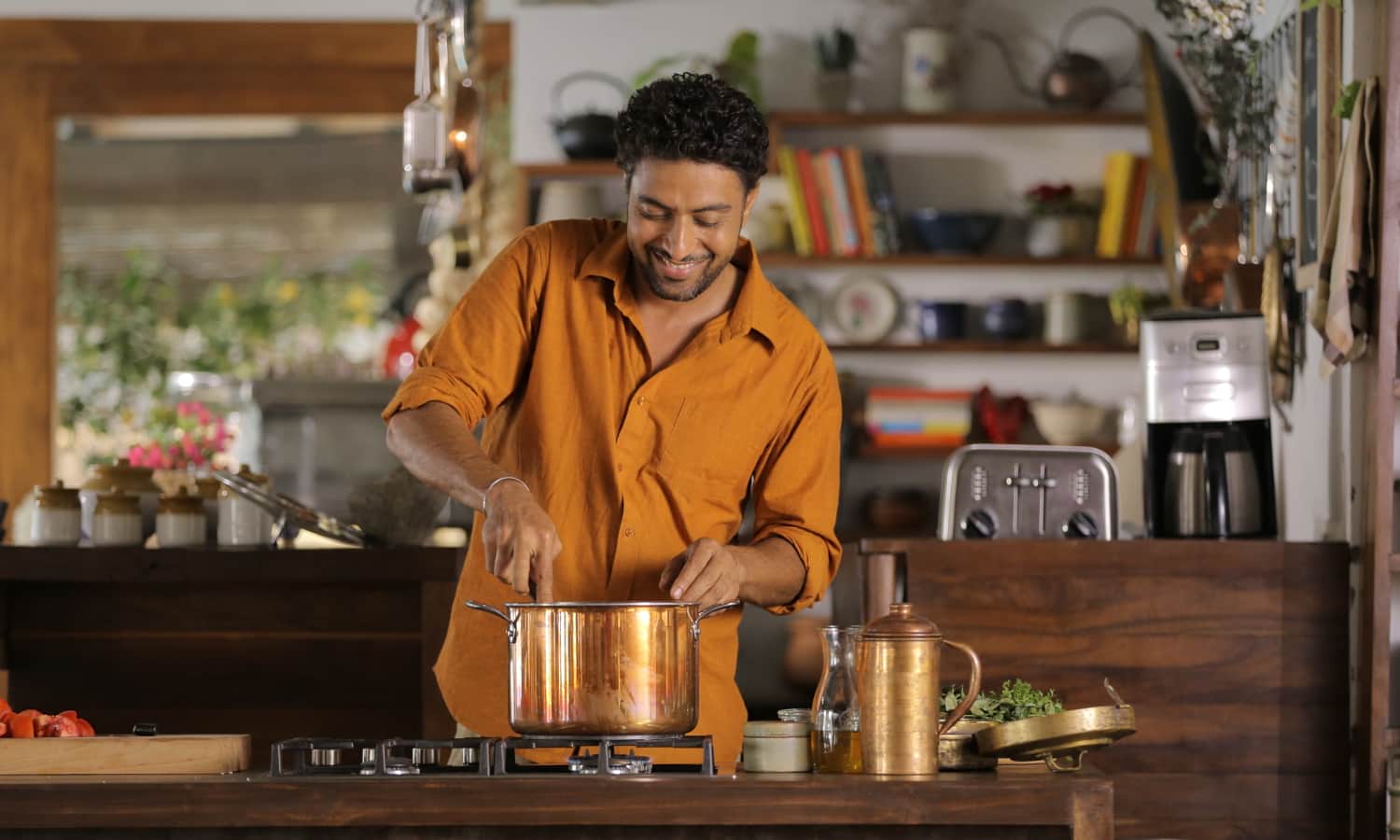“Traditional grains are just things on the shelves, until you can inspire people to pick them up off the shelf,” Ranveer Brar, a popular Indian chef, says to Food Tank. Brar shares traditional recipes on his weekly cooking show, promotes a month of millets on social media, and empowers Indian farmers who grow traditional grains through his work with the Smart Food Initiative led by International Crops Research Institute for the Semi-Arid Tropics (ICRISAT).
“For me, traditional cuisine is the cuisine that has evolved along with the culture of a place. Cuisine is something that evolves with time,” just as culture evolves throughout history, Brar says. And “cooking is about ingredients and cooking methods.”
Growing up on a farming family, Brar ate and grew a diversity of grains, not just wheat or rice. “It is just how it should be,” he says. While traditional recipes and cooking methods are still used in smaller Indian cities, bigger cities have started to use a lot more ingredients, types of cuisines, and convenient cooking methods that help people save time.
“Today is the age where time is a problem,” Brar says. Harder grains like millets take longer time to cook, which is now a challenge for many people. “I was promoting modern [cooking] when I was 30 years old, and now I am 41, and I have realized that we need to conserve and talk about traditional cooking, traditional cooking medium, and traditional ingredients,” he says.
Brar tries to promote traditional grains by creating recipes and telling people how to cook with those grains. “Once people are sure how to use the grains, that is when the real excitement begins,” he says. He finds inspiration in traditional Indian recipes. “All we need to do is to understand the techniques behind [those recipes]. For me, creation happens by looking into the past,” Brar says to Food Tank.
On social media, Brar encouraged people to share their own millet recipes in his “month of millets.” He received more than 5,000 recipes. When people “start cooking with it and create some interesting food with it, that is when the movement actually gains momentum.” This is also when farmers can start getting the right price for the grains they produce, according to Brar.
In his efforts to promote traditional grains, Brar started to think about how they’re grown, eventually partnering with ICRISAT. This helped advance his understanding of low-water consumption crops, as well as arid and semi-arid lands where tougher Indian grains like millets grow on.
“I look at ICRISAT as an avenue to empower our farmers and inform them of how to use arid and semi-arid lands,” Brar says to Food Tank. As a chef, he helps create consumer demand for traditional Indian grains by educating them on what to buy, where to buy it, and how to cook with it. By working with ICRISAT, “[I can] talk to farmers on one hand and understand their problems, and I can talk to consumers on the other hand.”
Brar hopes for a noticeable increase in demand for traditional grains. In 2018, he and other chefs worked with farmers who grew black soybean, a traditional grain legume grown and consumed in the northern India. The demand was insufficient for the heavy production last year, so they started promoting the ingredient. When Brar met those farmers again, he found it “very rewarding to see that they were happy, because it was being sold.”







